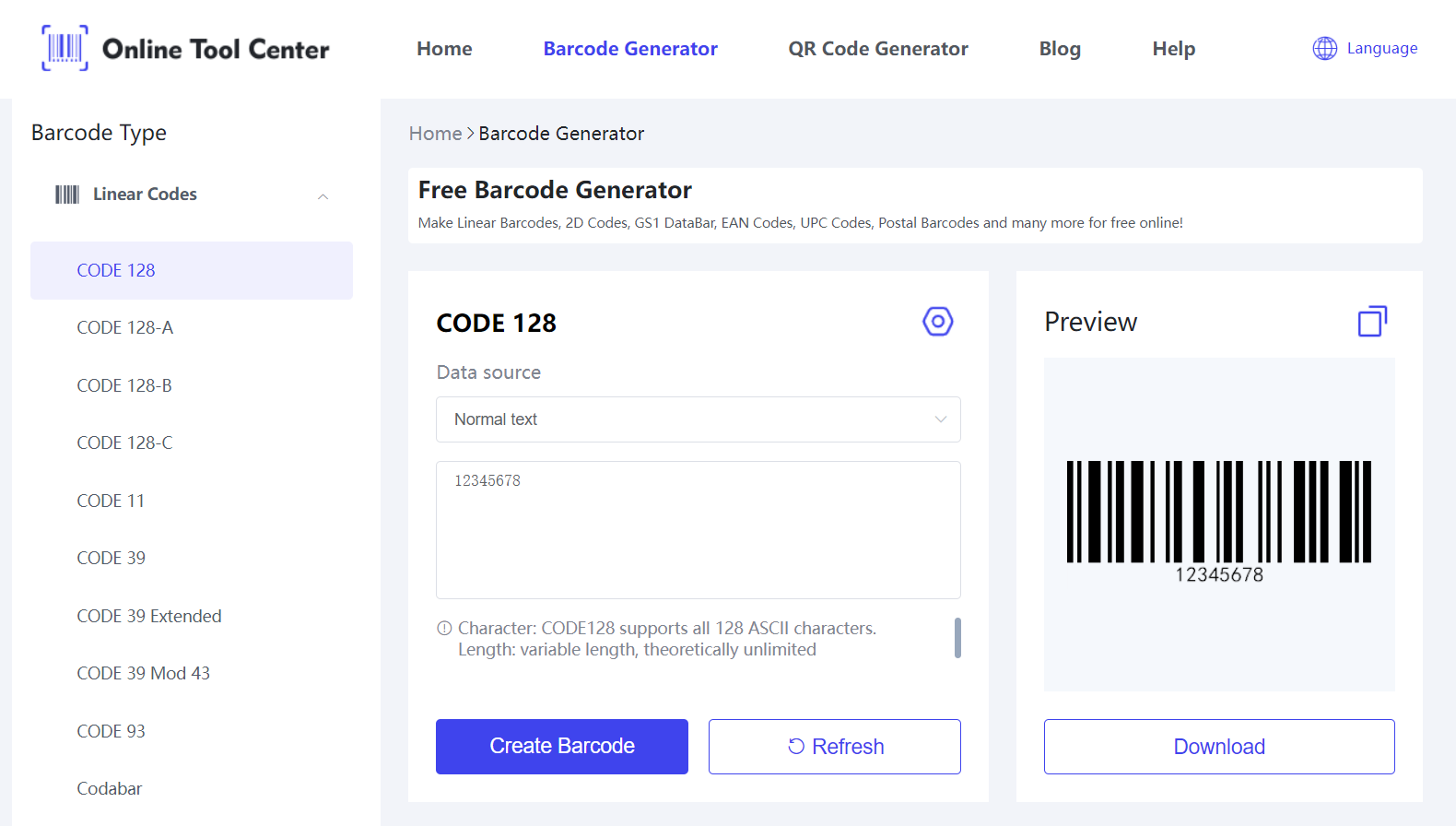One of the most effective tools for achieving efficient inventory management is a barcode inventory system. In this article, we will learn the intricacies of barcode inventory systems, their benefits, and how to implement them effectively.
What is a Barcode Inventory System?
A barcode inventory system is a technology solution that uses barcodes to track and manage inventory items.
Barcodes, which are machine-readable representations of data, can be scanned to quickly and accurately identify products, facilitating real-time inventory management.
Barcode generation is a crucial component of this system, as each product must have a unique barcode that represents its specific data.
How Do Barcode Inventory Systems Work?
Barcode inventory systems operate through the integration of several key components: barcodes, scanners, and inventory management software. The process begins with generating barcodes for each inventory item.
These barcodes are then printed and affixed to the products. When a product is moved, sold, or received, the barcode is scanned using a barcode scanner.
The scanner reads the barcode and transmits the information to the inventory management software, which updates the inventory records in time.
Benefits of Using a Barcode Inventory System
● Improved Accuracy
Barcode inventory systems significantly reduce human errors that are common with manual data entry. For instance, a retailer that implemented a barcode system reported a 90% reduction in data entry errors, leading to more accurate inventory counts and better stock management.
● Enhanced Efficiency
Using barcodes to track inventory speeds up the entire inventory management process. Businesses can quickly scan items instead of manually entering product details.
A case study of a logistics company showed a 50% improvement in inventory processing speed after switching to a barcode system.
● Cost Savings
Barcode inventory systems help businesses save on labor costs by automating many tasks that were previously done manually.
Additionally, these systems minimize stockouts and overstock situations by providing accurate inventory data, ensuring that the right amount of stock is always available.
For example, a manufacturing firm saw a 20% reduction in carrying costs after implementing a barcode system.
● Better Inventory Control
Tracking and updates provided by barcode systems offer better control over inventory levels.
These systems can be integrated with other business systems, such as Enterprise Resource Planning (ERP) and Customer Relationship Management (CRM), to create a seamless operation.
This integration helps in maintaining optimal stock levels and improving overall business efficiency.
Key Components of a Barcode Inventory System
1. Barcodes
There are various types of barcodes used in inventory systems, primarily categorized into 1D (linear) and 2D (matrix) barcodes. Generating accurate barcodes is essential for the proper functioning of the inventory system. Our online barcode generator provides reliable barcode generation services that cater to the specific needs of businesses.

2. Barcode Scanner for Inventory
Barcode scanners come in different types, including handheld, fixed, and mobile scanners. Choosing the right scanner depends on the business's inventory needs.
Handheld barcode scanner is versatile and commonly used, while fixed scanners are ideal for high-volume scanning. Mobile scanners offer flexibility for inventory management on the go.
3. Barcode Inventory Software
Effective barcode inventory software should have features such as data updates, reporting capabilities, and integration with other business systems. This software is crucial for maintaining accurate inventory records and streamlining operations.
Implementing a Barcode Inventory System
1. Planning and Preparation
The first step in implementing a barcode inventory system is to assess current inventory management practices and set clear goals for the new system. This preparation ensures that the transition is smooth and that the new system meets the business's needs.
2. Choosing the Right System
Selecting the appropriate hardware and software is critical. Factors to consider include the type of products being managed, the volume of inventory, and the specific requirements of the business. Reviews and recommendations from other users can also help make an informed decision.
3. Training and Implementation
Training staff on how to use the new system is essential for successful implementation. A step-by-step process should be followed to ensure that everyone understands how to operate the system and that it is used effectively.
4. Testing and Troubleshooting
Initial tests should be conducted to ensure the system's accuracy and reliability. Common issues, such as scanner malfunctions or software glitches, should be addressed promptly to prevent disruptions in inventory management.
Case Studies and Success Stories
A small retail business implemented a barcode inventory system and saw remarkable improvements. Inventory discrepancies were reduced by 80%, and stocktaking time was cut in half, allowing the business to focus more on customer service and sales.
A large enterprise integrated a barcode inventory system with its ERP and CRM systems, resulting in seamless operations and enhanced scalability. The company reported a 25% increase in operational efficiency and better inventory visibility across multiple locations.
To sum up, barcode inventory systems offer numerous benefits, including improved accuracy, enhanced efficiency, cost savings, and better inventory control.
Consider implementing a barcode inventory system with the help of a barcode generator to optimize your inventory management and drive business success.
FAQs
1. How to Use a Barcode to Keep Inventory?
To keep inventory using barcodes, each item must be assigned a unique barcode. The barcode is scanned whenever the item is moved, sold, or received, and the inventory management software updates the inventory records accordingly.
2. How Do You Count Inventory with Barcodes?
Counting inventory with barcodes involves scanning each item in the inventory and recording the data in the inventory management software. This method ensures accurate and efficient inventory counts.




